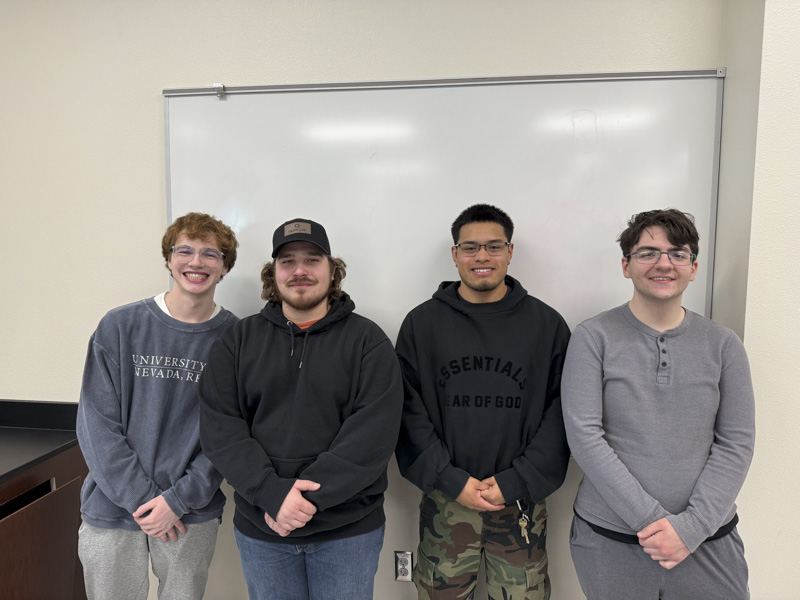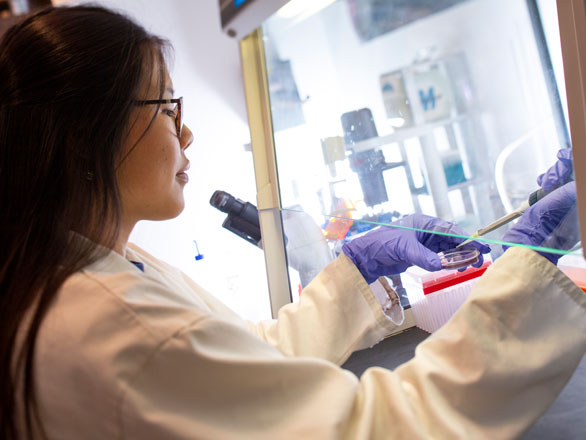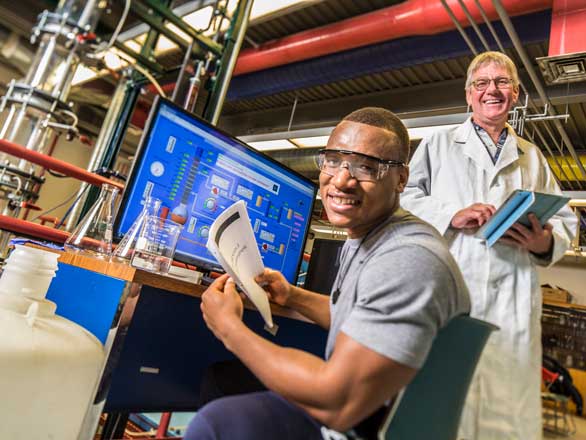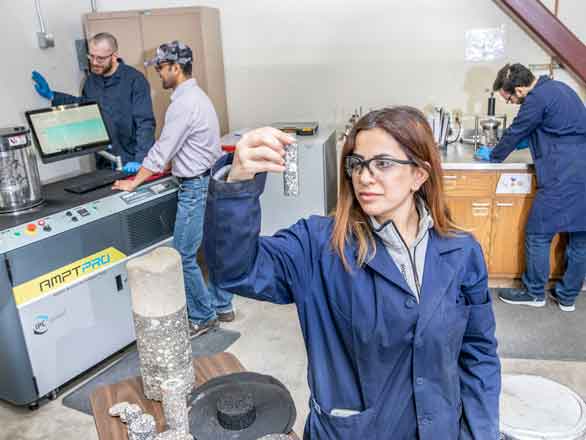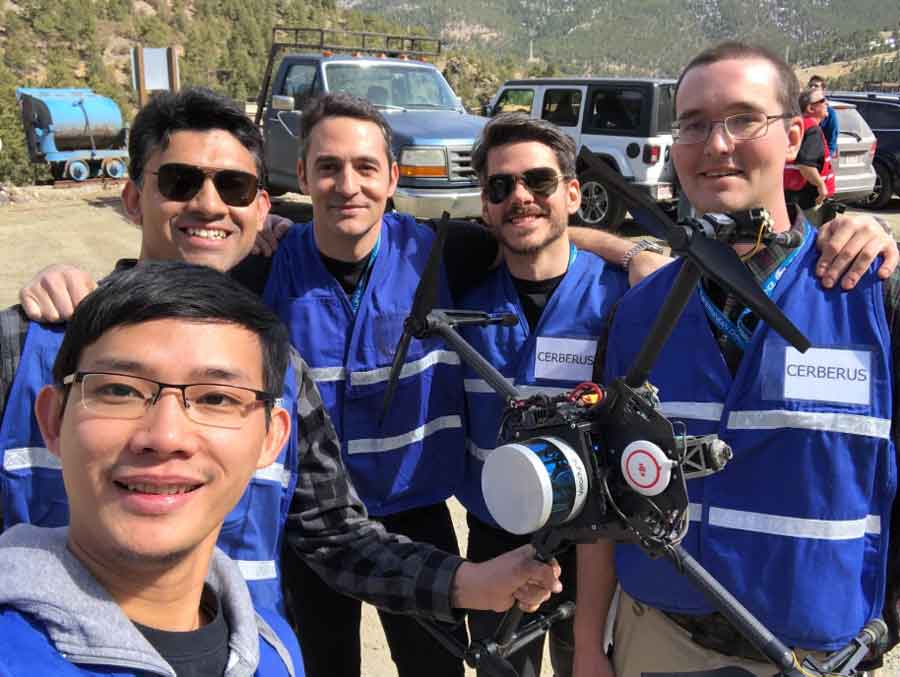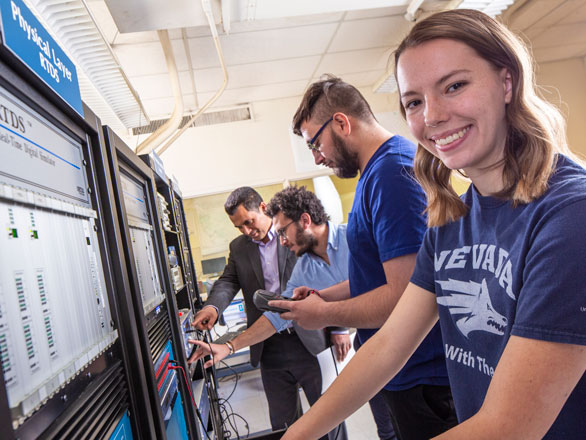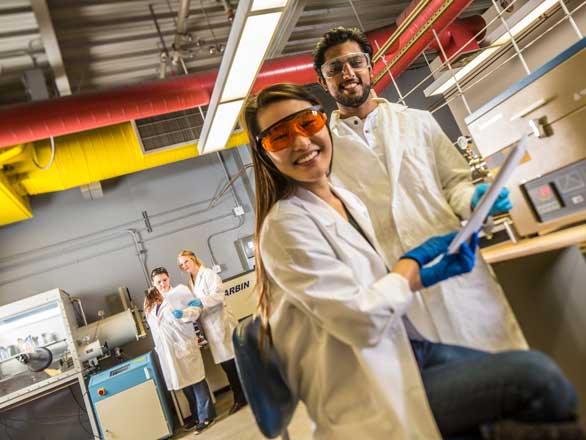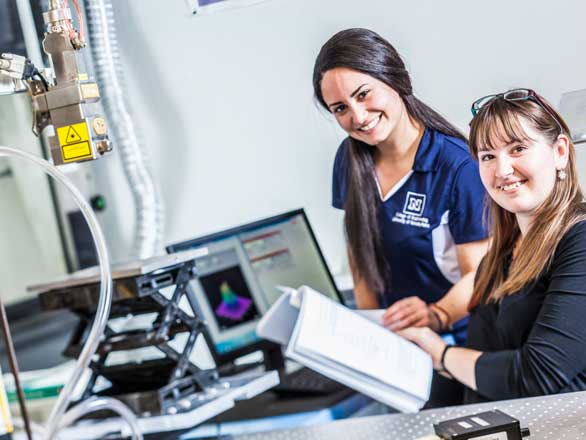Capstone instructor

The 2024 Senior Capstone course in biomedical engineering was taught by Yantao Shen. To learn more about the biomedical engineering projects, please email Yantao Shen.
About the department
From electromagnetics to biosensors to smart grids, we're on the cutting-edge of electrical and biomedical engineering research and training our students to be successful leaders in the field. Visit the Department of Electrical & Biomedical Engineering.
